The dream of exploring far-off lands, experiencing new cultures, and creating unforgettable memories often bumps up against a harsh reality: the cost. But what if we told you that budget travel isn’t just about scrimping and sacrificing, but about smarter choices, deeper experiences, and ultimately, more freedom?
This isn’t about roughing it unless you want to. It’s about empowering you to travel further, more often, and for longer, by making every dollar stretch. From finding impossibly cheap flights to discovering free adventures, this ultimate guide will equip you with the knowledge and tools to transform your travel dreams into a tangible reality.
Ready to unlock the world without emptying your wallet? Let’s dive in.
Why Budget Travel is Your Golden Ticket to More Adventures
Forget the misconception that budget travel means compromising on quality or missing out. In fact, it often leads to richer, more authentic experiences. When you’re not spending a fortune on luxury hotels or overpriced tourist traps, you’re more likely to:
- Connect with Locals: Staying in guesthouses, eating at street stalls, and using public transport immerse you in the local way of life.
- Discover Hidden Gems: You’ll veer off the beaten path, finding unique spots often overlooked by mainstream tourists.
- Travel More Often: By saving money on each trip, you can afford to take more trips throughout the year or extend your current adventures.
- Gain Financial Freedom: You’ll become a pro at managing your money, a skill that translates beyond travel.
- Boost Your Confidence: Navigating new places on a budget builds resilience and problem-solving skills.
Still think budget travel is just for gap-year students? Think again. With the right strategies, anyone can become a savvy, low-cost explorer.
Saving & Planning Before You Go

The foundation of any successful budget travel adventure is laid long before you pack your bags. Smart planning can save you hundreds, if not thousands.
1. Define Your Travel Goals (and Your Budget)
Before you even think about destinations, get clear on what you want from your trip and how much you can realistically spend.
- What Kind of Trip? Do you want a relaxing beach holiday, an adventurous trek, a cultural city break, or a mix? Your activities will influence your budget.
- How Long? Longer trips generally allow for a lower daily spend as fixed costs (like flights) are spread out.
- How Much Can You Save? Be honest with yourself. Look at your current income and expenses. Can you cut down on daily coffees, eating out, or subscriptions?
- Research Average Costs: Use sites like Numbeo or budgeting apps to get a rough idea of daily expenses (accommodation, food, transport) for your desired destinations.
Pro Tip: Set up a dedicated “Travel Fund” savings account. Even small, regular transfers add up quickly.
2. Choose Your Destination Wisely
Your choice of destination is perhaps the single biggest factor in your travel budget. Some places are inherently more expensive than others.
- Consider the Cost of Living: Countries in Southeast Asia (Thailand, Vietnam), Eastern Europe (Poland, Hungary), and parts of Central/South America (Colombia, Bolivia) often offer incredible value for money. Western Europe, North America, and Australia tend to be pricier.
- Currency Exchange Rates: A strong home currency against the local currency can make a huge difference. Keep an eye on exchange rates.
- Seasonality: Traveling during the shoulder season (just before or after peak season) or off-season can drastically reduce costs for flights and accommodation. You’ll also encounter fewer crowds!
- Visa Requirements & Costs: Some countries require expensive visas, so factor this into your budget.
3. Master the Art of Finding Cheap Flights
Flights are often the most significant single expense. Becoming a pro at finding deals is non-negotiable for budget travel.
- Flexibility is Key:
- Dates: Flying mid-week (Tuesday-Thursday) or during the shoulder/off-season is almost always cheaper. Use “flexible dates” options on search engines.
- Destinations: If you’re open to where you go, use “Everywhere” or “Explore” functions on sites like Skyscanner or Google Flights to see the cheapest destinations from your airport.
- Use Flight Comparison Sites:
- Skyscanner: Great for flexible searches and multi-city options.
- Google Flights: Excellent for tracking prices, exploring destinations on a map, and seeing price trends.
- Kayak: Good for comparing prices from various sources.
- Be Smart with Search Settings:
- Incognito Mode: While not scientifically proven to lower prices, it prevents cookies from tracking your searches and potentially showing you higher prices on return visits.
- Clear Cookies: Regularly clear your browser cookies.
- VPN (Sometimes): Occasionally, using a VPN to search from different countries can yield lower prices, but this is less common now.
- Consider Budget Airlines: Ryanair, EasyJet, Spirit, Southwest, AirAsia – these can be incredibly cheap but be aware of baggage fees, seat selection charges, and other add-ons. Read the fine print!
- Set Price Alerts: Most flight comparison sites allow you to set alerts for specific routes, notifying you when prices drop.
- Look for Error Fares: These are rare but happen when airlines accidentally publish incorrect (and very low) prices. Follow deal alert sites (e.g., Secret Flying, The Flight Deal) for these.
- Fly into Smaller/Alternative Airports: Sometimes flying into a secondary airport near your destination can be cheaper, even with ground transport costs.
- Consider Layovers: Direct flights are convenient but often pricier. Embrace layovers, especially longer ones, if they save you money and you don’t mind the wait.
4. Travel Insurance: A Non-Negotiable Budget Item
This might seem counterintuitive for budget travel but skipping travel insurance is a massive risk. A medical emergency or lost luggage could easily wipe out all your savings and more. Think of it as an essential safety net, not an optional expense.
- Compare Policies: Use comparison sites to find a policy that covers your activities and destinations within your budget.
- Read the Fine Print: Understand what’s covered (medical emergencies, trip cancellation, lost baggage, adventure sports).
- Consider Annual Policies: If you travel frequently, an annual multi-trip policy might be more cost-effective.
Smart Spending While You’re There

You’ve landed, luggage in hand, ready to explore. Now, how do you maintain your budget travel ethos on the ground?
1. Accommodation Hacks: Your Home Away From Home (for Less)
Where you sleep can heavily influence your daily spend. Get creative with your lodging choices.
- Hostels: Not just for young backpackers! Many offer private rooms, a social atmosphere, and often free breakfast or organized activities. Great for meeting other travelers.
- Guesthouses/Homestays: Often run by families, these provide a more local and authentic experience at a lower price than hotels. Check Airbnb for private rooms as well.
- Couchsurfing: Stay for free with locals. It’s an incredible way to immerse yourself in a culture and make new friends, but requires trust and good communication.
- House-Sitting: Look after someone’s home and pets in exchange for free accommodation. Websites like TrustedHousesitters connect owners with sitters.
- Camping: For nature lovers, camping (tent or RV) can be incredibly cheap and connect you with the outdoors.
- Airbnb (Strategic Use): Instead of entire homes, search for private rooms in shared apartments. Consider staying slightly outside city centers for lower prices, ensuring good public transport links.
- Off-Season Deals: As mentioned before, traveling during the off-season or shoulder season often means significantly lower accommodation rates.
- Long-Term Stays: Many places offer discounts for weekly or monthly bookings. If you’re staying put for a while, ask!
Check out our more detailed post about accommodation hacks. Accommodation Hacks for Budget Travelers: Save Big on Stays
2. Eating Like a Local (and for Less)
Food is a significant part of the travel experience, and it doesn’t have to break the bank.
- Embrace Street Food & Local Markets: This is often the most delicious, authentic, and cheapest way to eat. Look for places popular with locals.
- Cook Your Own Meals: If your accommodation has a kitchen (hostels, Airbnbs), hit up local supermarkets and cook some of your meals. This is especially cost-effective for breakfast and packed lunches.
- Picnics: Buy fresh ingredients from a market and enjoy a scenic picnic in a park.
- Look for Lunch Specials/Set Menus: Many restaurants offer cheaper lunch deals or prix fixe menus.
- Happy Hours: Great for getting discounted drinks and sometimes appetizers.
- Avoid Tourist Traps: Restaurants right next to major attractions often inflate prices. Walk a few blocks away for better value and authenticity.
- Drink Tap Water (where safe): Carry a reusable water bottle. If tap water isn’t safe, look for large bottles of water rather than small individual ones.
- Limit Alcohol: Alcohol can quickly inflate your food budget.
- Bring Snacks: Pack some non-perishable snacks from home, especially for long travel days.
3. Getting Around on a Dime: Budget Transportation
Navigating your destination efficiently and affordably is key for budget travel.
- Walk Everywhere You Can: It’s free, healthy, and the best way to discover a city’s hidden nooks and crannies.
- Utilize Public Transport: Buses, metros, trams, and trains are almost always cheaper than taxis. Research daily or multi-day passes if you plan to use them frequently.
- Intercity Buses & Trains: For longer distances, buses are generally the cheapest option, followed by trains. Book in advance for better rates.
- Ride-Sharing Apps: Uber, Lyft, Grab (Southeast Asia), Bolt – often cheaper than traditional taxis and provide transparency. Always check the estimated fare before booking.
- Bicycle Rentals: Many cities offer cheap bike rental schemes or even free bike loans.
- Consider Hitchhiking (with caution): In some regions, hitchhiking is common and safe, but always research local norms and use your judgment.
- Carpooling Apps: BlaBlaCar (Europe) or similar services allow you to share rides and split fuel costs for longer journeys.
4. Free & Low-Cost Activities: Experience More for Less
You don’t need to spend a fortune to have incredible experiences.
- Free Walking Tours: Many cities offer free (tip-based) walking tours that provide a great overview and historical context.
- Parks & Gardens: Explore botanical gardens, national parks, or city parks.
- Museum Free Days/Hours: Many museums offer free admission on specific days or evenings. Check their websites.
- Hiking & Nature Trails: Get out into nature. It’s free and invigorating.
- Local Festivals & Events: Look up local event calendars. You might stumble upon a free concert, market, or cultural celebration.
- Visit Markets: Even if you’re not buying, local markets are vibrant places to soak up the atmosphere and observe daily life.
- Churches & Temples: Many are free to enter (dress respectfully).
- Viewpoints & Panoramas: Seek out natural viewpoints or free observation decks for stunning city vistas.
- Beach Days: If you’re near the coast, enjoy the sun and sand for free.
- Window Shopping: Browse local shops and galleries without the pressure to buy.
5. Smart Money Management on the Go
Keeping track of your spending is crucial for sticking to your travel budget.
- Budgeting Apps: Use apps like Trail Wallet, Mint, or even a simple spreadsheet to track your daily expenses. This helps you identify where your money is going and make adjustments.
- ATM Use & Fees: Use debit cards for withdrawals from ATMs (often better exchange rates than currency exchange booths). Research your bank’s foreign transaction fees and consider getting a travel-friendly debit card that waives these.
- Credit Cards: Use credit cards with no foreign transaction fees for larger purchases, but always pay them off to avoid interest. Carry a backup card.
- Carry Local Currency: Have some local cash for small purchases, street food, and places that don’t accept cards.
- Emergency Fund: Always have a separate emergency fund (even if it’s just a few hundred dollars) for unexpected situations like medical needs, missed flights, or lost luggage.
Essential Tools & Resources for Budget Travelers
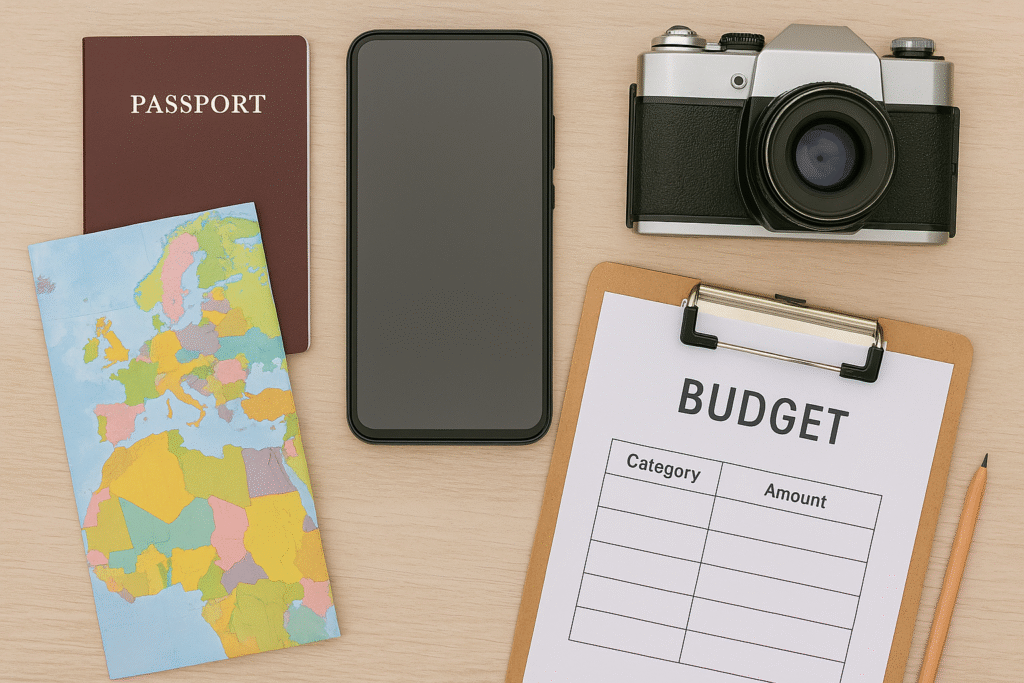
To make your budget travel journey even smoother, leverage these helpful tools and mindsets.
- Travel Budget Spreadsheets/Apps:
- Google Sheets/Excel Templates: Create your own custom budget.
- Trail Wallet: User-friendly app for tracking expenses on the go.
- Mint/You Need A Budget (YNAB): More comprehensive financial planning tools that can incorporate travel saving goals.
- Flight Comparison Websites: Skyscanner, Google Flights, Kayak, Momondo.
- Accommodation Booking Sites: Booking.com, Hostelworld, Airbnb, Couchsurfing.com, TrustedHousesitters.com.
- Currency Converters: XE.com or simply use Google.
- Offline Maps: Download maps for offline use (Google Maps, Maps.me) to save data and battery.
- Translation Apps: Google Translate or DeepL can be lifesavers.
Conclusion: Your World Awaits Affordably
Budget travel isn’t just a way to save money; it’s a philosophy that prioritizes experiences over extravagance, authenticity over luxury, and freedom over debt. By embracing the strategies outlined in this guide, you gain the power to design a travel life that truly reflects your aspirations, without the constant worry about your bank balance.
So, stop dreaming and start planning. The world is vast, incredible, and more accessible than you think. With a little savvy and a lot of spirit, your next great adventure is just around the corner.
What’s your biggest challenge when it comes to budgeting for travel? Share your thoughts in the comments below
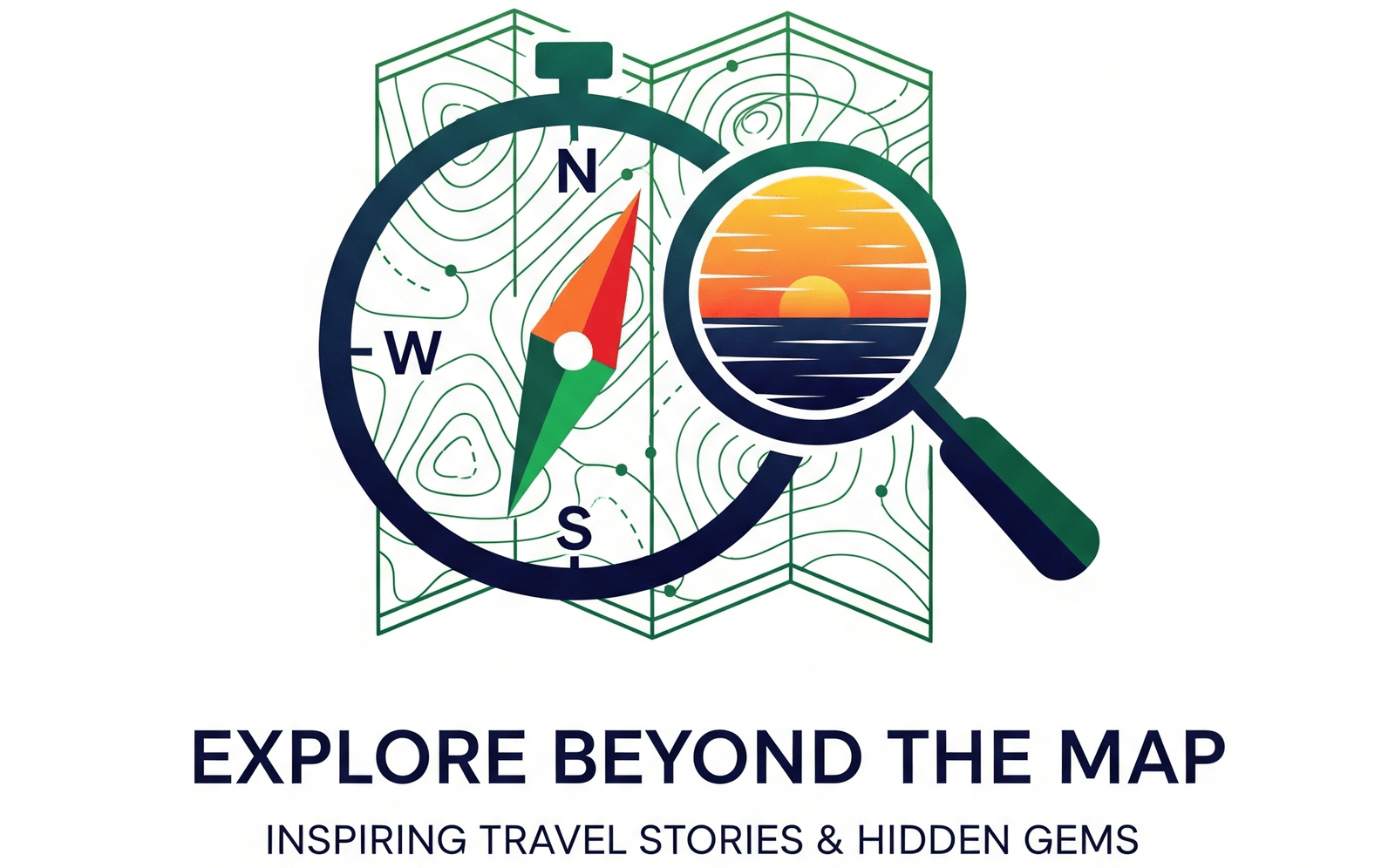
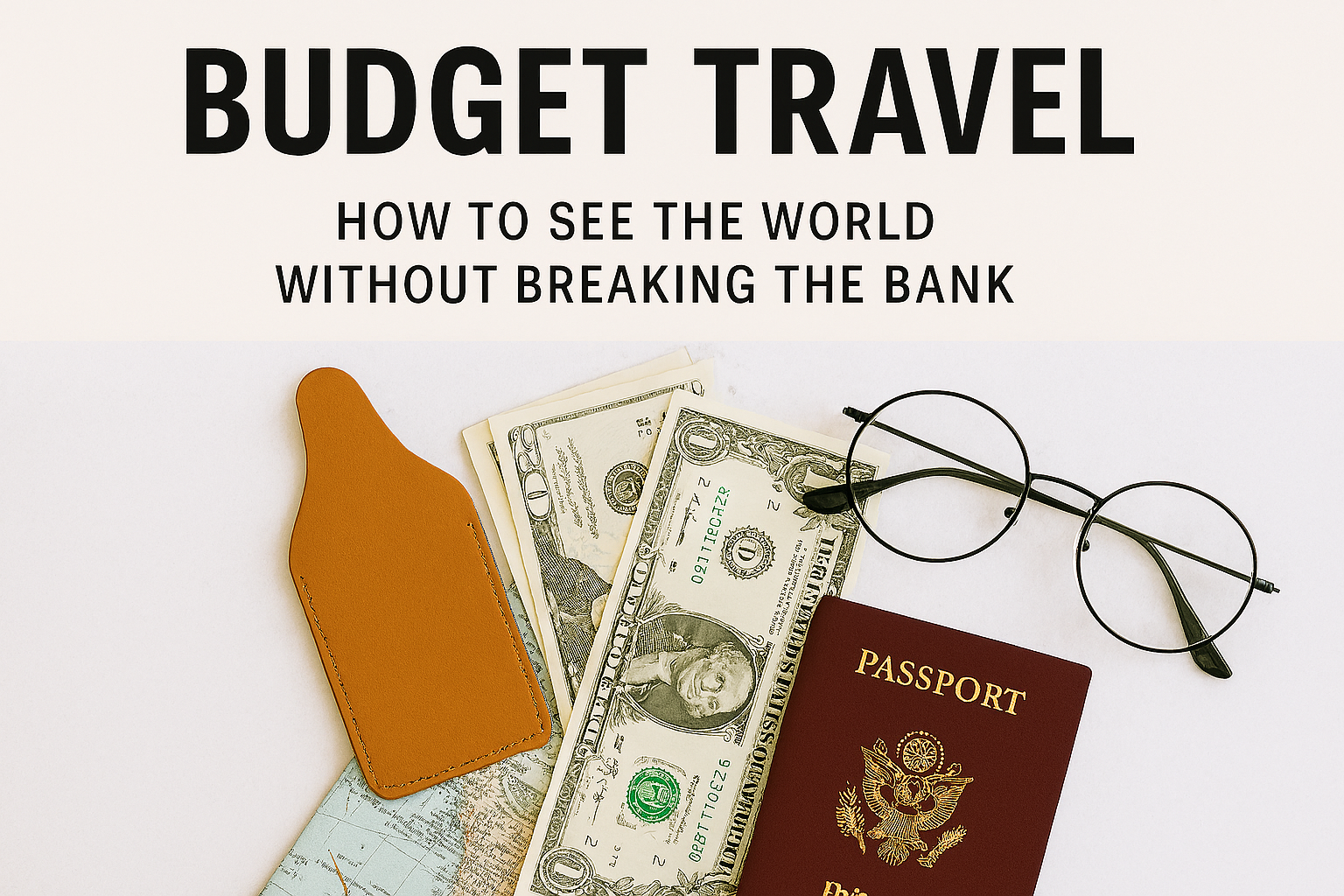
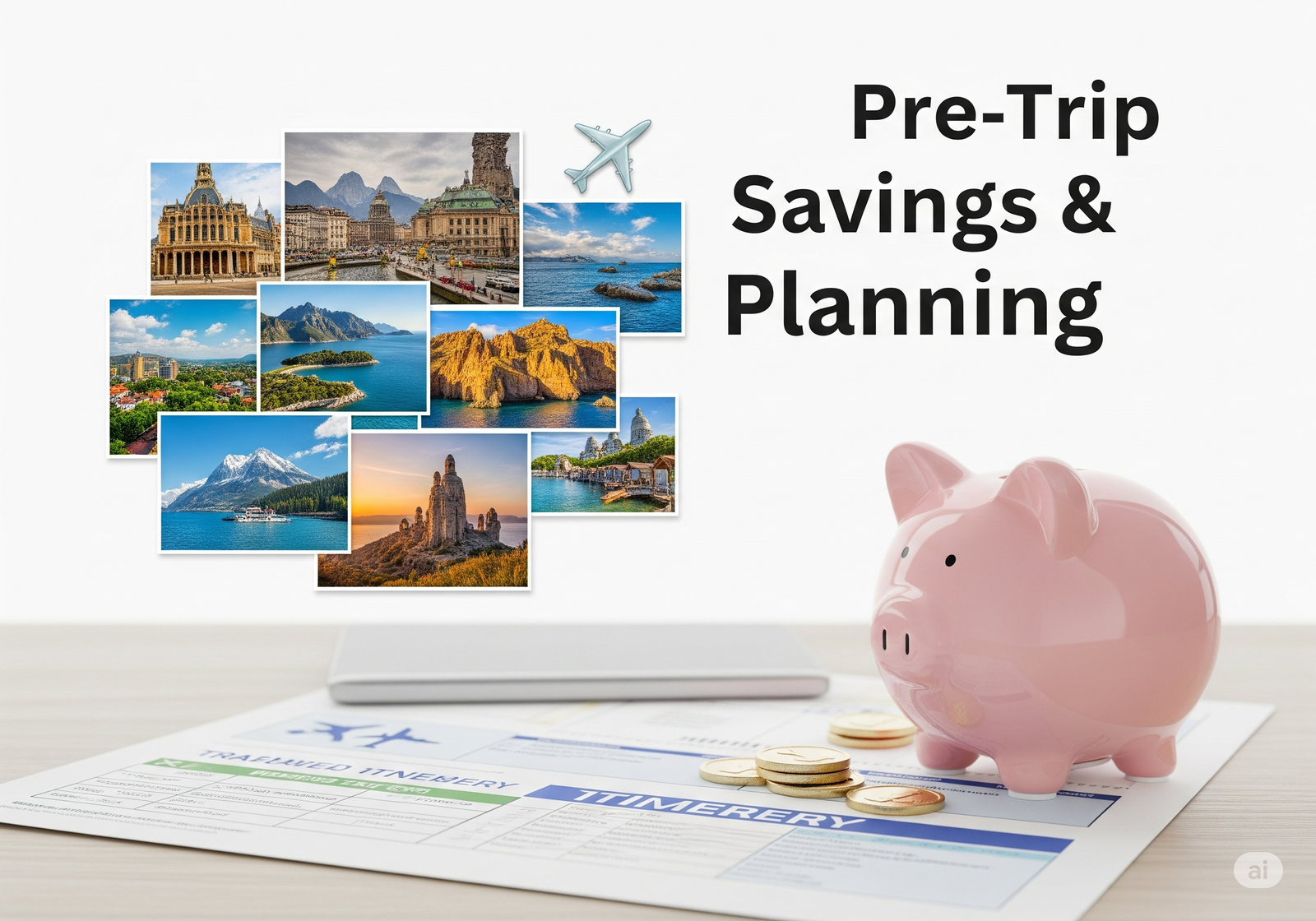
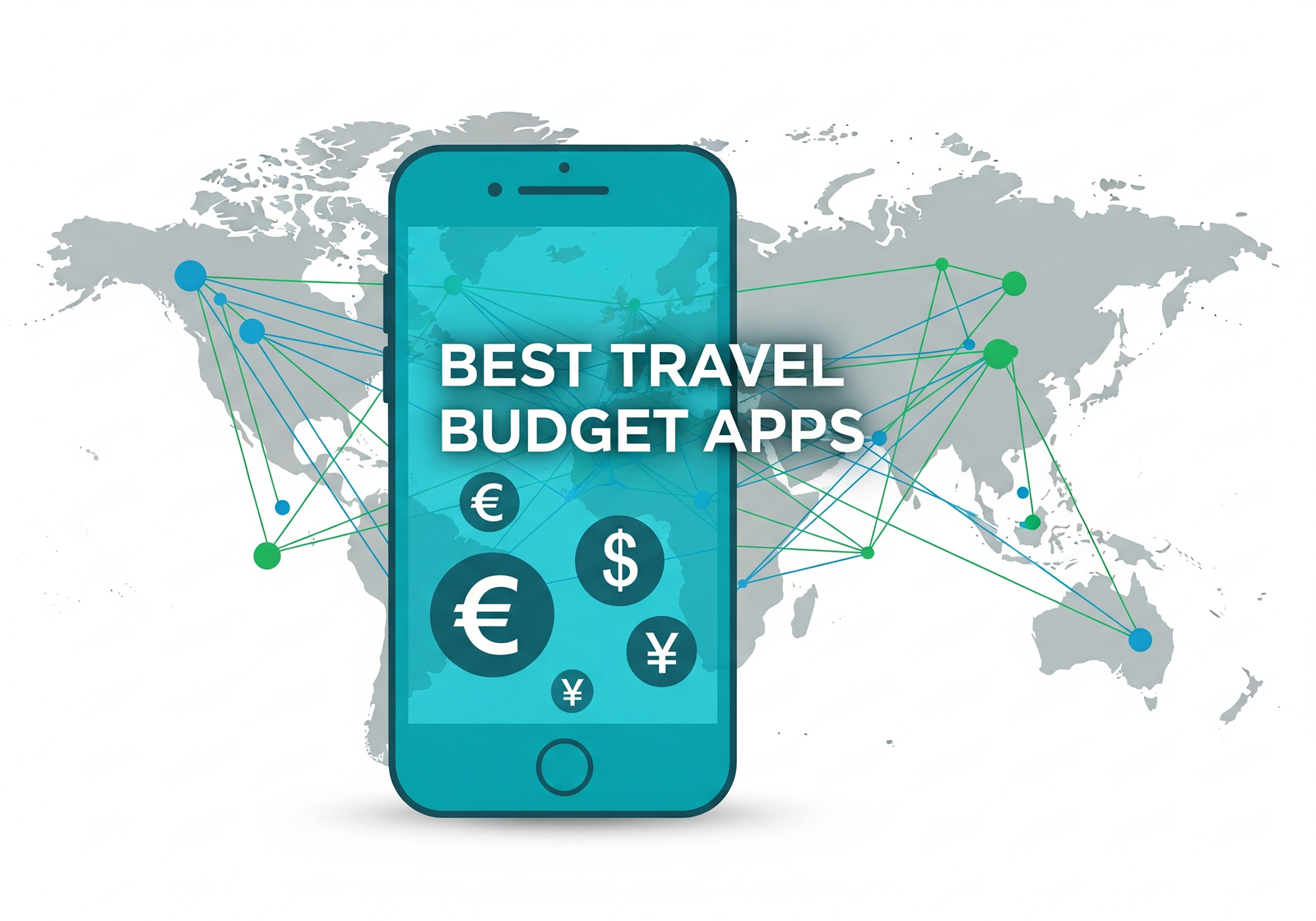
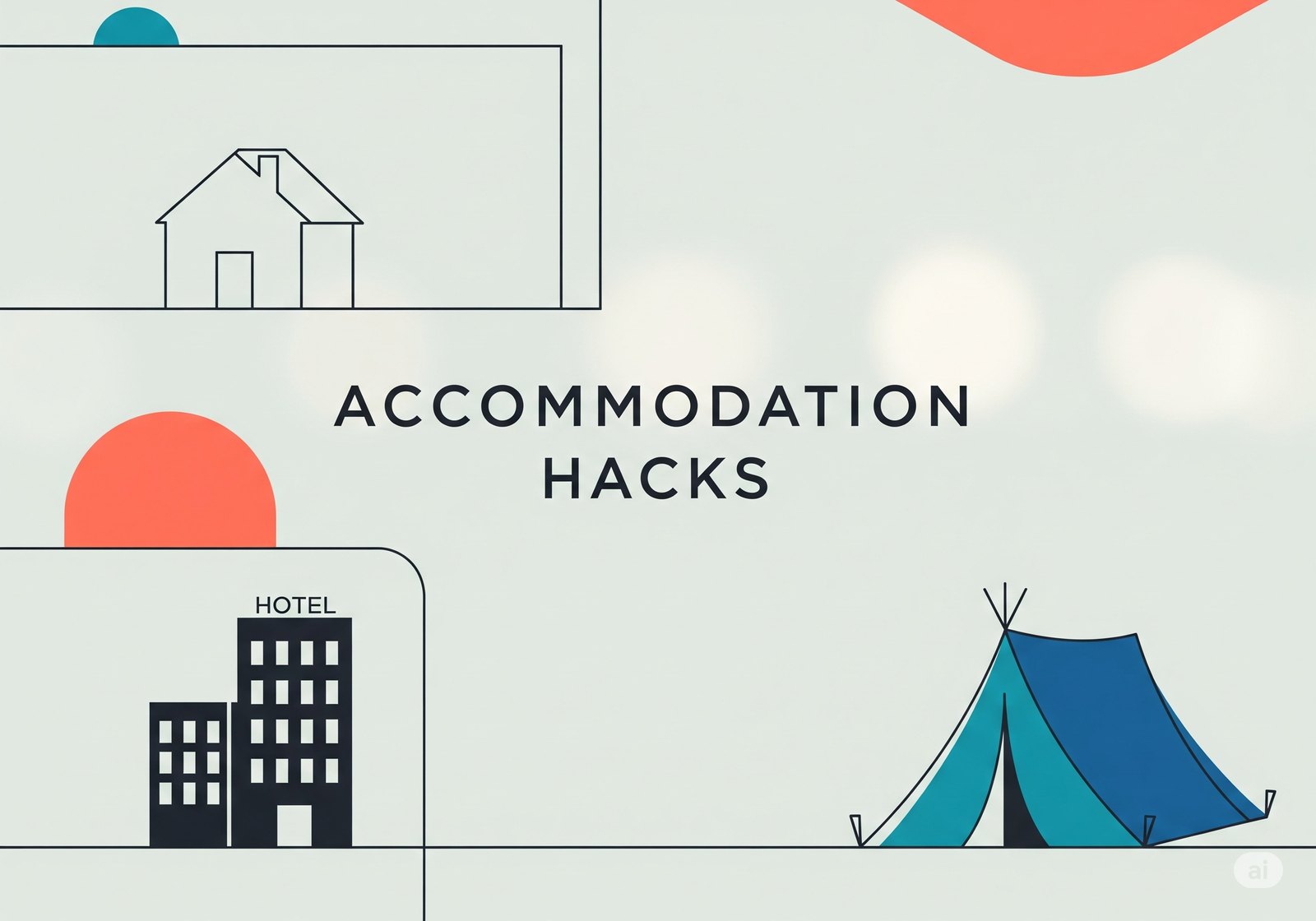
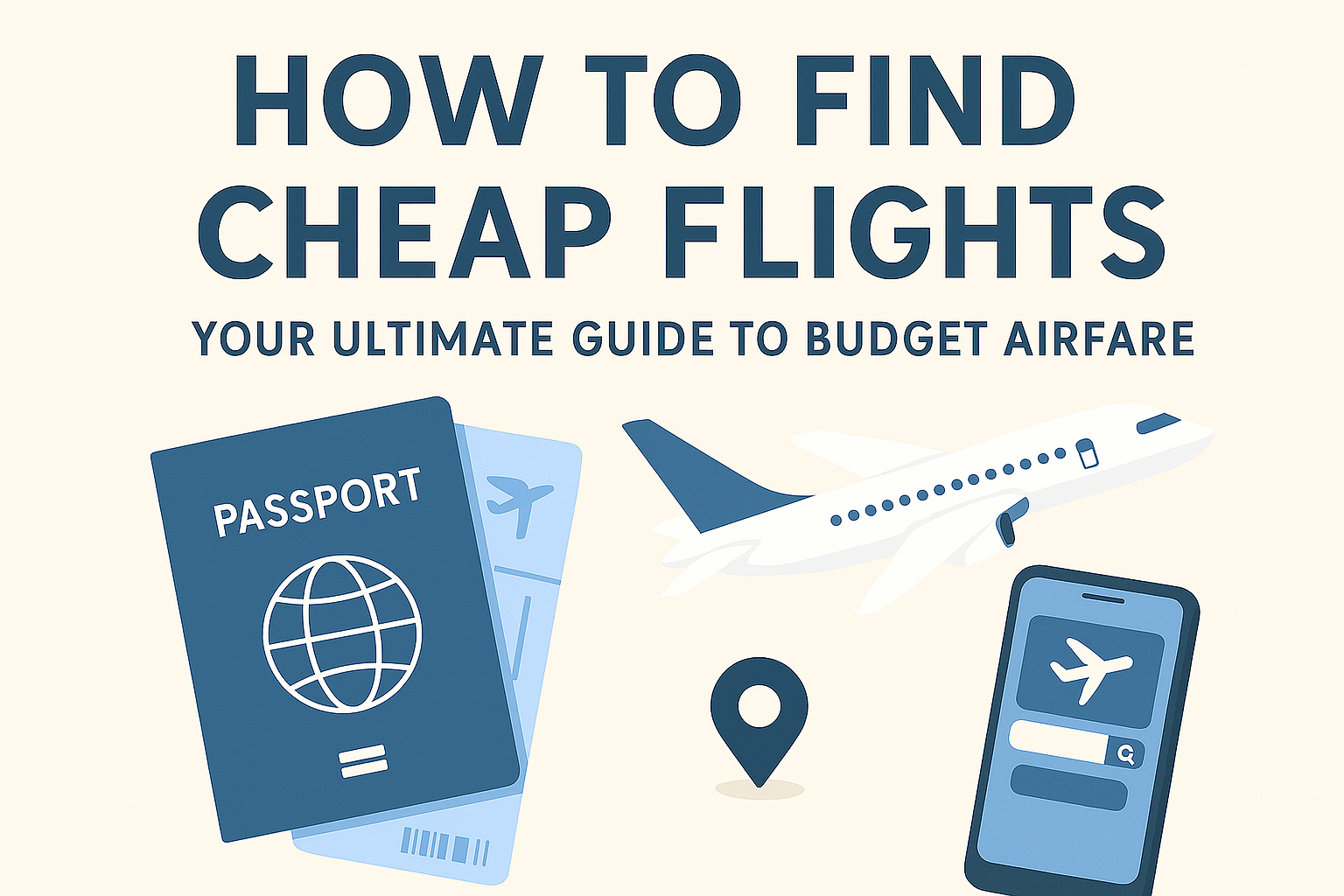




Leave a Reply